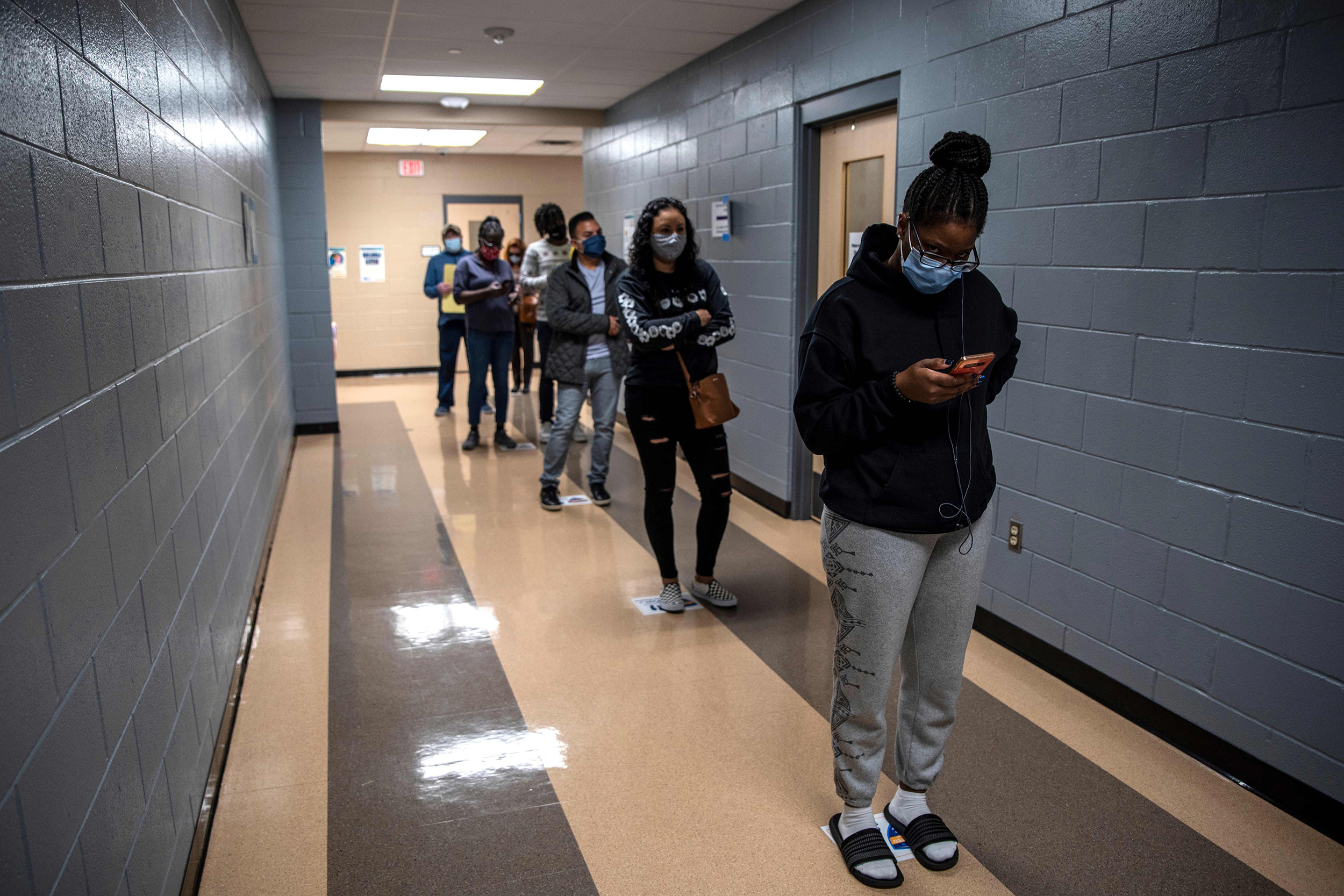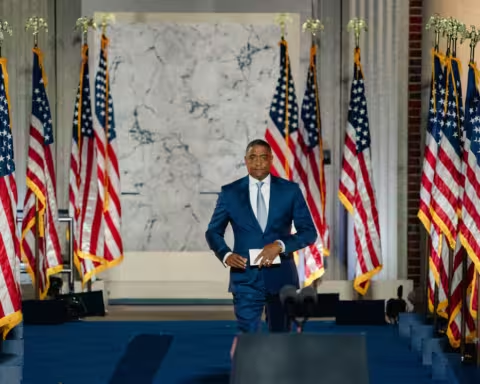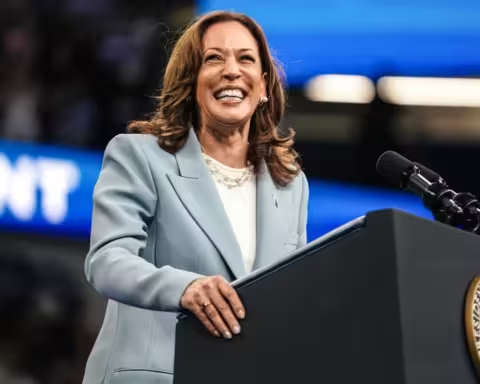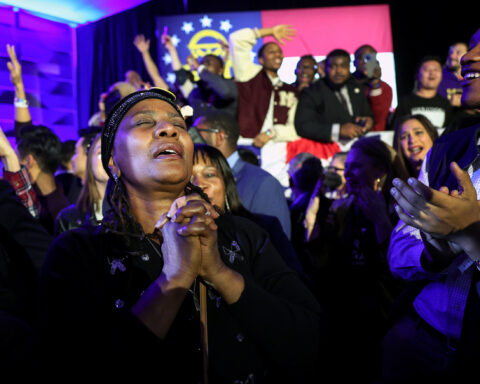Expert witnesses have warned members of Congress that misinformation targeting Black voters and other voters of color is likely to intensify as the midterm elections unfold.
Joi Chaney, the executive director of the National Urban League’s Washington bureau, testified Thursday in a virtual hearing of the House Administration subcommittee on elections that the civil rights organization had noted an “increasing number of disinformation campaigns that directly target Black communities and the civil rights that have long been fought for.”
“Further, these disinformation attacks on Black communities are also a broader attack on our democracy and a threat to the national security of this nation,” she said.
Rep. G.K. Butterfield, D-N.C., who chairs the subcommittee, called “misinformation, disinformation and malinformation” a “threat to our democracy and the free, fair and equitable access to the ballot every voter is entitled to.”
The practice of misinforming voters “has been weaponized and targeted at communities of color by racist and antidemocratic actors who seek to intimidate voters of color and discourage them from participating in the democratic process,” Butterfield said. “Voters of color are targeted with disinformation narratives specifically designed to appeal to each community’s concerns in ways that will alienate voters and suppress turnout.”
A Senate Intelligence Committee investigation into Russian interference in the 2016 election found that “no single group of Americans was targeted by … information operatives more than African-Americans.”
Tactics that were cited were as varied as the creation of inauthentic social media accounts that posed as Black influencers to a meme that targeted Black and Latino voters on Facebook and Twitter with the message “avoid the line — vote from home. Text ‘Hillary’ to 59925.”
Stephanie Valencia, the president of Equis, a group of organizations working to invest in Latino voting, and Emily Chi, the director of telecommunications, technology and media for Asian Americans Advancing Justice, testified that communities of color, including immigrants, will be further targeted in the lead-up to the elections in November.
Concerns about misinformation intersect with dozens of new state laws to further regulate voting. Since 2020, according to the Brennan Center for Justice, a nonpartisan voting rights organization at New York University Law School, legislatures in 49 states have introduced more than 400 bills that Democrats and other critics contend would restrict access to the ballot and disproportionately affect voters of color. Republican lawmakers and supporters have said the bills are voter integrity measures. Chaney laid out possible strategies to combat disinformation.
First, there must be “whole of government” and “whole of nation” responses, she said, including civic groups and corporations that collaborate to fight disinformation campaigns. Conversations must be informed by discussions with the organizations that represent communities most affected by disinformation.
Next, she said, social media companies need to play a proactive role in curbing disinformation — not just during election periods. A piece of that puzzle is company ownership, she added. The National Urban League expressed public opposition this month to billionaire Elon Musk’s bid to buy Twitter.
Third, she said, legislation is needed to increase transparency about how algorithms operate, particularly website content amplification practices, and transparency about content moderation practices.
“It is also imperative to have comprehensive privacy legislation with provisions that limit the amount of data companies can collect that could inevitably prevent bad actors from using that data to nefariously target Black communities,” Chaney said.
Former President Barack Obama spoke at Stanford University last month about misinformation at a joint event by the Obama Foundation and Stanford University’s Cyber Policy Center.
“For more and more of us, search and social media platforms aren’t just our window into the internet. They serve as our primary source of news and information,” he said. “No one tells us that the window is blurred, subject to unseen distortions and subtle manipulations. All we see is a constant feed of content where useful factual information and happy diversions, and cat videos, flow alongside lies, conspiracy theories, junk science, quackery, white supremacist, racist tracts, misogynist screeds. And over time, we lose our capacity to distinguish between fact, opinion and wholesale fiction. Or maybe we just stop caring.”
He added, “Without some standards, implications of this technology for our elections, for our legal system, for our democracy, for rules of evidence, for our entire social order are frightening and profound.”





